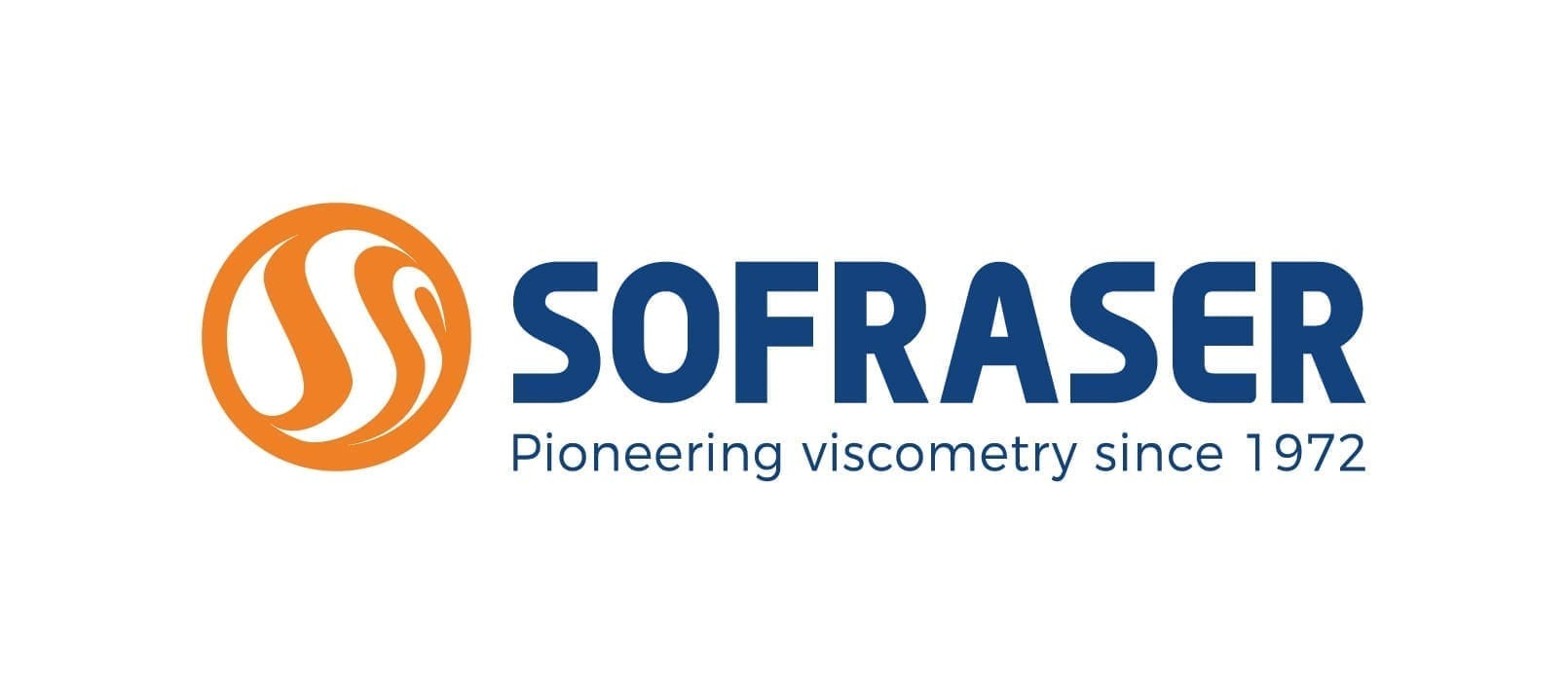Viscosity control in yoghurt manufacturing

What is a yogurt?
Yoghurt is the result of milk fermentation by two lactic thermophilic bacteria. The main goal of these bacteria is to reduce milk pH in order to form a gel and provide acidulate taste and savour to the gel. Fermentation leads to milk solidification usually called “white mass”. It can be consumed in this firm state or after brewing providing a creamy or liquid consistency.
Culture is done in tanks and agitation is required to have good homogeneity of the mix milk/ferments. At this step, the process will differ for firm or stirred yoghurt productions. To obtain firm yoghurt, the white mass is immediately filled in pots and fermentation happens directly into the pots.
In yoghurt tasting, consistency and texture are of utmost importance, for which viscosity is the most relevant correlated parameter. In fact, consistency, texture and concentration indicate a resistance to motion and flow.
The production cycle of a yogurt
During yoghurt production cycle, some recipes are instable and/or fragile due to their complexity. Moreover, the time is crucial: it is important to minimize the time between preparation phase and packaging phase, because this is when whey pockets are created.
At the end of fermentation, the tank contains yoghurt but may also contain pockets of whey. These pockets of whey should not enter in the stirring/mixing step and absolutely not in the pot.
Possible consequences of excessive whey in final yoghurt packaging are diluted yoghurts or whey instead of yoghurts which can lead to unsatisfied customers. The inline viscometer, correlated to texture and concentration values, helps to remove whey from normal process of yoghurt manufacturing.
Whey has a lower viscosity than yoghurt and will be detected by the MIVI and automatically evacuated from the normal processing line. Beside of this use, the MIVI sensor can also be used as the most sensitive consistency or dry extract meter on the market. It provides a vibrating measurement detecting any variation in the state of the material. By default, the MIVI is calibrated in viscosity units.
The MIVI is repeatable and reliable, designed for hygienic environment thanks to its design certified by EHEDG, is not influenced by flow rate variations thanks to its measurement at high shear rate in 2nd Newtonian stage. As the MIVI is easy to install and to use, robust and has no drift, it doesn’t require any maintenance.


